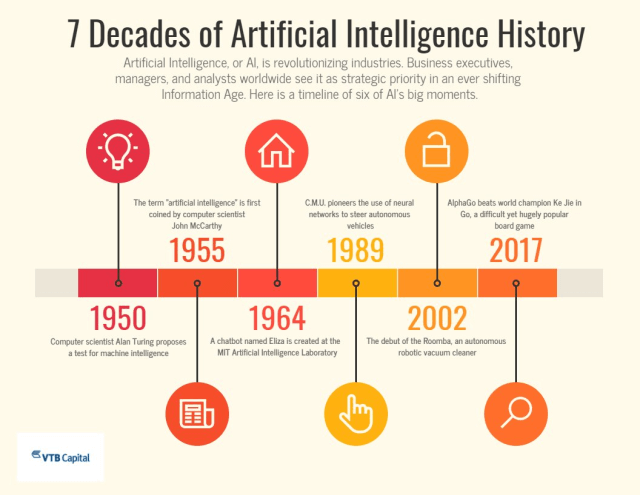“One’s research is only as good as one’s proposal.”
Paul T.P Wong
Ph.D., C.Psych.
(Trinity Western University, Canada)
You know you have to write an astounding research proposal to get the funds rolling or get accepted into the institute you are intrigued to get into. The purpose of your research paper is to “convince” the people that your research is worth pursuing.
But, what you don’t know is where to start and how to even start your journey of writing a mind-blowing research proposal?
Don’t you worry, we are here at your service. We will guide you through the process of how to write a research proposal in simple and crisp steps.
1. Research and preparation
As you have to start from the beginning, the best way to start is by researching the topic. This is the time for your theoretical as well as practical work. You are making your job easier, by doing a thorough research and by doing your experiments to collect your data for your research.
- Finalize your research topic and the purpose of your research.
- Read all the available materials that you can find about your topic. This will help you to establish the gap that is available between the existing research and what you are proposing.
- Take notes, save data, mark quotes and important lines which you think are going to be helpful in your work.
- Create your questionnaire and conduct your interviews. Keep all the data in chronological order.
- Seek out an advisor. An advisor will guide you through the process of writing a research paper. Their insights and advice will help you in perfecting your research proposal.
2. Title
A title is the window of your paper for the readers. The title is what is gonna keep the readers interested in going further into your research paper.
The title should be:-
- Short and understandable. It should also have the keyword of the research topic.
- Interesting and Quirky.
- It predicts the content.
- It reflects the tone of the writing.
The title page consists:-
- Title of the paper.
- Name of the Researcher and the designation.
- Name of the institute (including the logo is optional).
- Name of the supervisor (Optional)
To have a precise title page, do check out the institute’s instructions on the research paper.
3. Introduction
The introduction is the part where you lay down your framework. It involves your
- Introduction about the topic. Add some interesting quotes, facts, or trivia to make it engaging for the reader.
- They provide the background of the topic, followed by the context of the topic.
- Introduce your research problem including the questions and objectives.
- Then give a context of what is already known and what needs to be done.
- Provide your hypothesis and the purpose of why it is important to pursue the problem.
- At the end, define key concepts if required.
4. Literature Review
It is the section where you lay out what you have understood about the research problem from the available literature. This is your foundation, on which you are building your home. A strong literature review showcases that you have strong knowledge and understanding of the existing piece of work.
A good literature review includes:-
- A critical review of the existing literature. Provide new insights to lay the foundation of your concept.
- Provide the credits and citations to the authors or media that you are using.
- Compare and Contrast the existing literature.
- Showcase the gap that exists between the existing literature and your proposed theory.
5. Methods
The method or the methodology is the process that you will use to tackle your research problem. You will show your process of how you are going to conduct your research. This is the section where you are going to describe how you conducted your research to get your data.
It involves:-
- Explain whether your research is qualitative or quantitative.
- Participants- The people who are going to take part in your research.
- Materials- The materials like questionnaires, experiments, or visual aids which you are using to conduct your research.
- Procedure- How are you going to conduct the research? How are you going to interview the participants and the activities involved in it? List all the steps here in details.
6. Results
This is the segment where you showcase the results that you garnered from the methodology. All your findings, observations, interpretations should be listed. This is not the section where you give your opinion, so keep the results as facts not opinions.
7. Discussions
Now, you have listed everything you found, this discussion section involves what you have figured out and what the reader should be looking forward to in the proposal. Give a summary of your findings, the implications of it, the limitations of your findings, the future directions that succeeding members should follow. End it with a conclusion.
8. Bibliography
The bibliography is the section where you provide the names of the research materials that you have used in your research. List all the sources here.
Points to consider-
- If the research proposal is for funding purposes, then after bibliography add the time frame required to finish the research and include the analysis of the budget that you are seeking.
- Be very clear with your methodology and avoid unclear methodology.
- Put your emphasis on the fact that your research is worth pursuing.
- Proofread your proposal and take advice from your supervisor.
